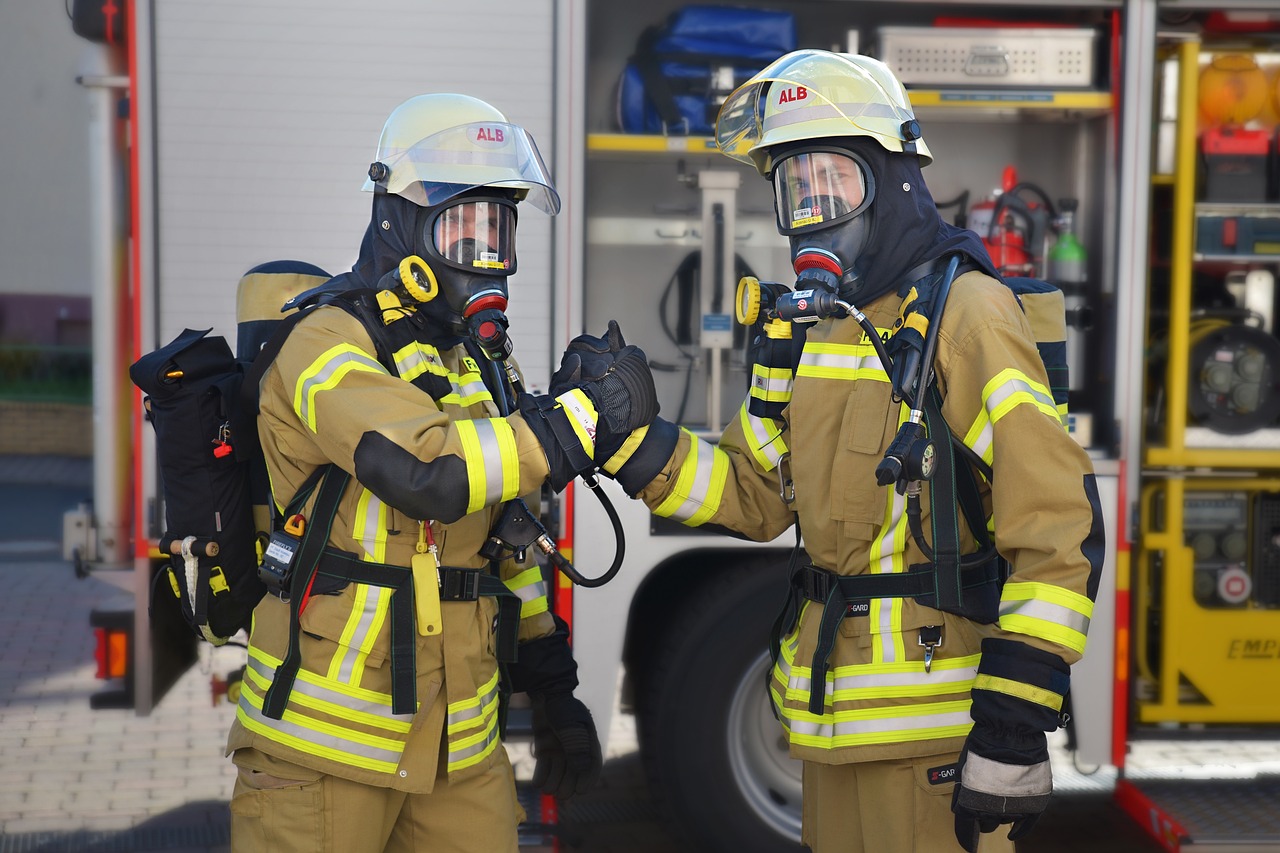Many fire departments strive for continuous improvement in their operations and service delivery. One effective way to achieve this is by collaborating with other fire departments. By partnering with neighboring agencies, fire departments can share resources, expertise, and best practices to enhance their capabilities and efficiency. This blog post will explore the benefits of interdepartmental collaboration and provide insights on how fire departments can work together towards a common goal of excellence in firefighting and emergency response.
Building Strong Partnerships
Identifying Potential Partner Departments
A successful collaboration with other fire departments can bring immense benefits to all involved. The first step in building strong partnerships is identifying potential partner departments that share similar goals and values. Look for departments that complement your strengths and can provide support in areas where you may need assistance. Reach out to these departments for initial discussions on how you can work together towards mutual success.
Laying the Groundwork for Collaboration
For a partnership to thrive, it is crucial to lay the groundwork for collaboration early on. This involves establishing clear communication channels, setting common goals, and defining roles and responsibilities for each department involved. By creating a solid foundation based on trust and transparency, you can ensure that the collaboration stays on track and delivers the desired outcomes.
Another crucial aspect of laying the groundwork for collaboration is fostering a culture of cooperation and teamwork among all participants. Encourage open dialogue, knowledge sharing, and continuous feedback to strengthen the bond between partner departments. By creating a supportive environment that promotes collaboration, you can maximize the potential for success in your partnership endeavors.
Strategies for Effective Collaboration
Communication and Information Sharing
Effective communication and information sharing are crucial for successful collaboration between fire departments. Establishing clear channels of communication, utilizing technology for real-time updates, and sharing relevant information can improve response times, enhance situational awareness, and ensure coordinated efforts in emergency situations.
Joint Training and Interoperability
To achieve seamless collaboration, fire departments can engage in joint training exercises to enhance interoperability. This involves practicing coordinated response tactics, familiarizing teams with each other’s standard operating procedures, and conducting drills that simulate multi-departmental responses. By training together, departments can strengthen their ability to work together efficiently during emergencies.
Information: Joint training and interoperability not only improve operational efficiency but also foster a sense of camaraderie and teamwork among departments. By sharing resources, expertise, and best practices, fire departments can collectively enhance their capabilities and better serve their communities.
Overcoming Challenges
Navigating Interdepartmental Politics
On the journey to collaborating with other fire departments, one of the major hurdles you may face is navigating through interdepartmental politics. Different departments may have varying ways of conducting operations, communication styles, or even conflicting priorities. It is crucial to approach these differences with diplomacy, open communication, and a focus on the common goal of improving firefighting efforts.
Managing Resources and Responsibilities
To ensure a successful partnership with other fire departments, it is vital to carefully manage resources and responsibilities. This involves clearly defining roles and expectations, establishing effective communication channels, and aligning objectives to avoid duplication of efforts. By collaborating on resource allocation and division of responsibilities, all departments involved can maximize efficiency and effectiveness in emergency response.
Plus, it is imperative to establish a framework for accountability and evaluation to track progress and address any challenges that may arise. By regularly reviewing and adjusting resource management strategies, fire departments can adapt to changing circumstances and ensure a smooth collaboration for long-term success.
Measuring Success and Continuous Improvement
Setting Benchmarks and Evaluating Progress
To ensure the success of collaborative efforts with other fire departments, setting benchmarks and regularly evaluating progress is necessary. This involves clearly defining goals, establishing key performance indicators, and tracking metrics to measure the impact of collective initiatives. By systematically monitoring and analyzing data, fire departments can identify areas for improvement and make informed decisions to enhance overall outcomes.
Adapting Strategies for Long-Term Success
Continuous improvement in fire department collaborations requires the ability to adapt strategies for long-term success. This involves being flexible and willing to adjust approaches based on evolving circumstances, feedback, and lessons learned. By staying agile and responsive to changing needs, fire departments can optimize their partnerships and drive sustainable improvements in service delivery and disaster response.
Understanding the importance of adapting strategies for long-term success is crucial in maximizing the benefits of collaborative partnerships. It involves fostering a culture of continuous learning, innovation, and resilience to navigate challenges and capitalize on opportunities for growth and development. By proactively adjusting tactics and embracing change, fire departments can stay ahead of the curve and achieve greater efficiency and effectiveness in their collaborative endeavors.
Final Words
Upon reflecting on the importance of collaborating with other fire departments for improvement, it is evident that partnerships play a crucial role in enhancing operational efficiency, resource utilization, and overall performance. By working together, fire departments can leverage each other’s strengths, expertise, and resources to better serve their communities and ensure the safety of both firefighters and civilians. Effective collaboration fosters innovation, knowledge sharing, and continuous learning among departments, leading to a more coordinated and effective response to emergencies. Embracing a culture of partnership and collaboration is vital for fire departments to adapt to evolving challenges and deliver top-notch service. It is through working together that we can achieve success in the fire service and better protect the communities we serve.


